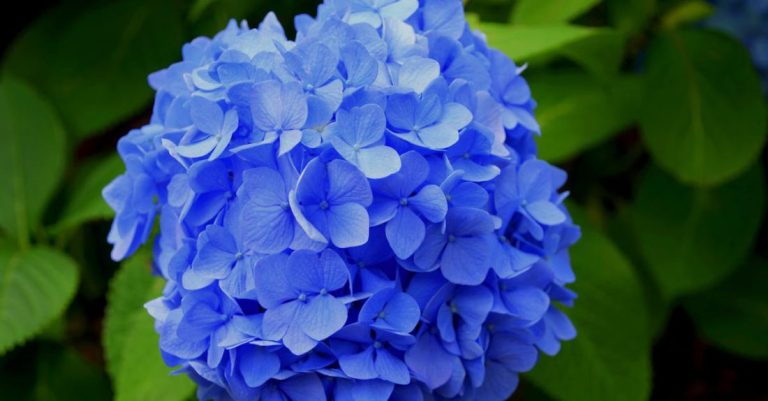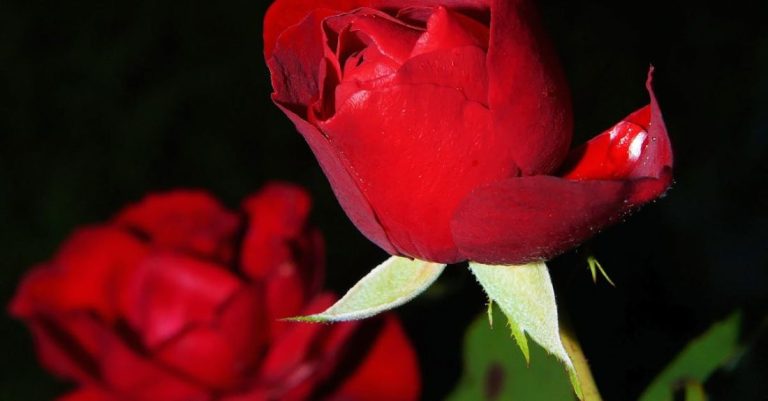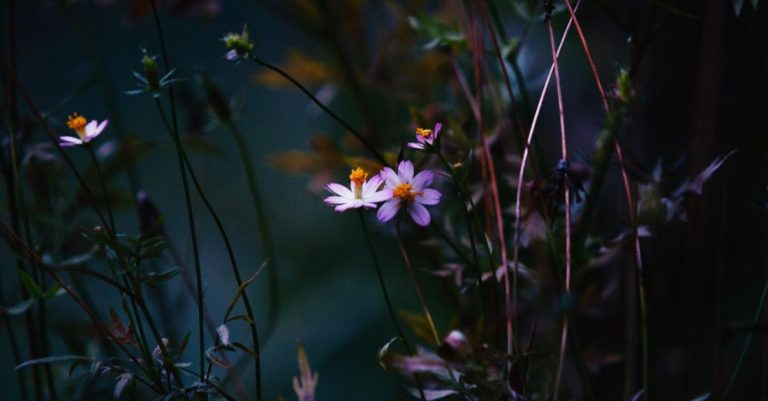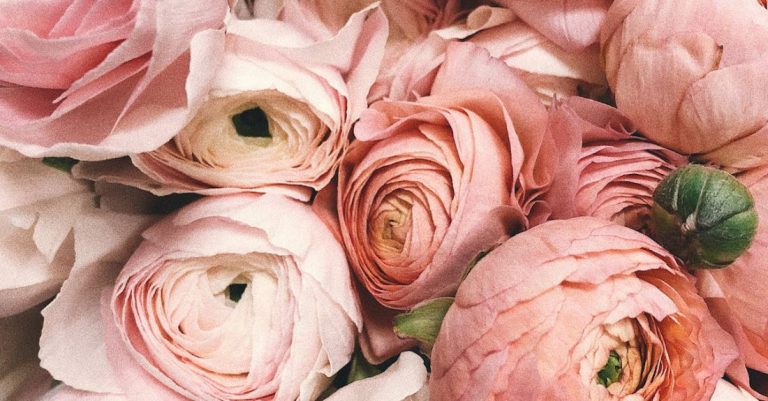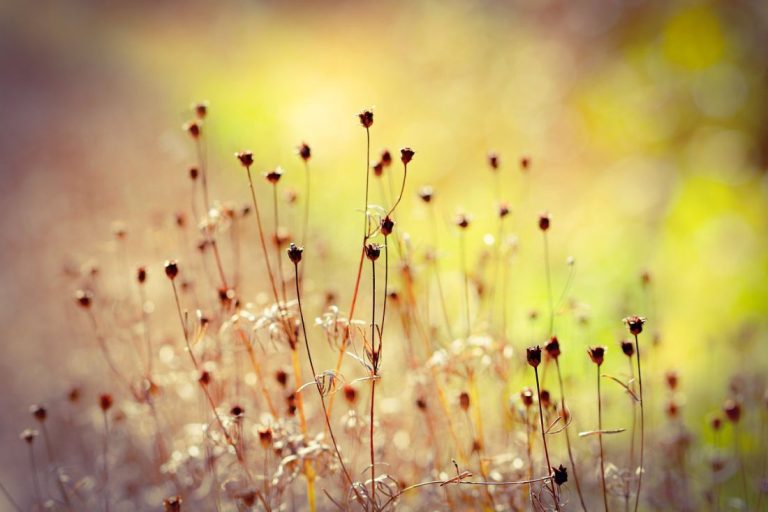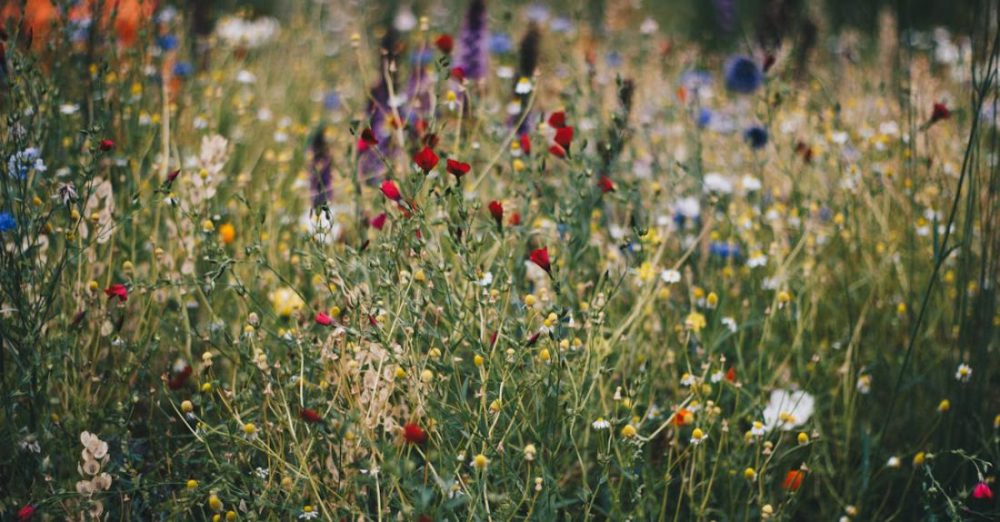
Creating a vibrant and colorful wildflower meadow in your garden can be a rewarding and environmentally beneficial project. These natural habitats not only attract pollinators like bees and butterflies but also add a touch of wilderness and beauty to your outdoor space. With the right planning and care, you can establish a thriving wildflower meadow that will bloom year after year. Here is a guide on how to plant a wildflower meadow that will bring joy and biodiversity to your garden.
Choosing the Right Location
Selecting the perfect location for your wildflower meadow is crucial for its success. Choose a spot in your garden that receives plenty of sunlight, as most wildflowers thrive in sunny conditions. Make sure the area has well-drained soil to prevent waterlogging, which can harm the delicate wildflower roots. Avoid areas with dense shade or competition from large trees and shrubs, as these can hinder the growth of your wildflowers.
Preparing the Soil
Before planting your wildflower seeds, it’s essential to prepare the soil properly. Start by removing any existing vegetation and weeds from the area. Loosen the soil to a depth of about 6 inches to allow the wildflower roots to establish easily. If your soil is poor or compacted, consider adding organic matter like compost to improve its fertility and structure. Avoid using fertilizers high in nitrogen, as they can encourage the growth of grasses and weeds, outcompeting your wildflowers.
Selecting the Right Wildflower Seeds
Choosing the right wildflower seeds is key to creating a diverse and colorful meadow. Opt for a mix of annual and perennial wildflowers to ensure continuous bloom throughout the seasons. Consider the climate and soil conditions in your area when selecting wildflower species, as some varieties may be better suited to specific environments. Look for native wildflower seeds, as they are well-adapted to the local ecosystem and require less maintenance than non-native species.
Sowing the Seeds
Sowing wildflower seeds is a simple yet rewarding process. Start by scattering the seeds evenly over the prepared soil surface. You can mix the seeds with dry sand or vermiculite to help distribute them more evenly. Lightly press the seeds into the soil with a rake or walk over the area to ensure good seed-to-soil contact. Water the seeded area gently to help the seeds settle into the soil.
Caring for Your Wildflower Meadow
After sowing the seeds, it’s essential to provide proper care to help your wildflower meadow thrive. Water the newly seeded area regularly to keep the soil moist but not waterlogged. Once the wildflowers have germinated and established, gradually reduce watering to encourage deep root growth. Avoid mowing or cutting the wildflowers until they have finished blooming and set seed, as this can disrupt their growth cycle.
Enjoying Your Wildflower Meadow
As your wildflower meadow grows and blooms, take the time to sit back and enjoy the beauty and diversity it brings to your garden. Observe the pollinators and wildlife that are attracted to the vibrant flowers, and appreciate the natural rhythms of the meadow throughout the seasons. Consider creating pathways or seating areas within or around the meadow to fully immerse yourself in its beauty and tranquility.
Embrace the Wild Beauty
Planting a wildflower meadow is a wonderful way to connect with nature and create a haven for biodiversity in your garden. By following these steps and caring for your wildflowers, you can establish a flourishing meadow that will bring joy and color for years to come. Embrace the wild beauty of these natural habitats and let your garden bloom with the vibrant hues of native wildflowers.
